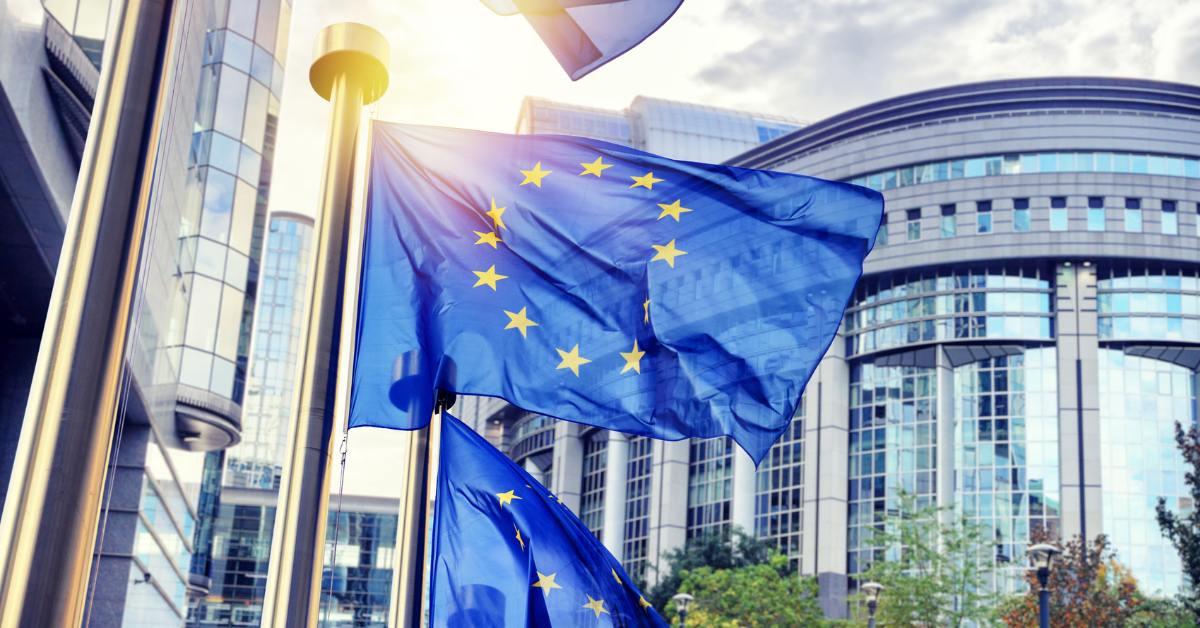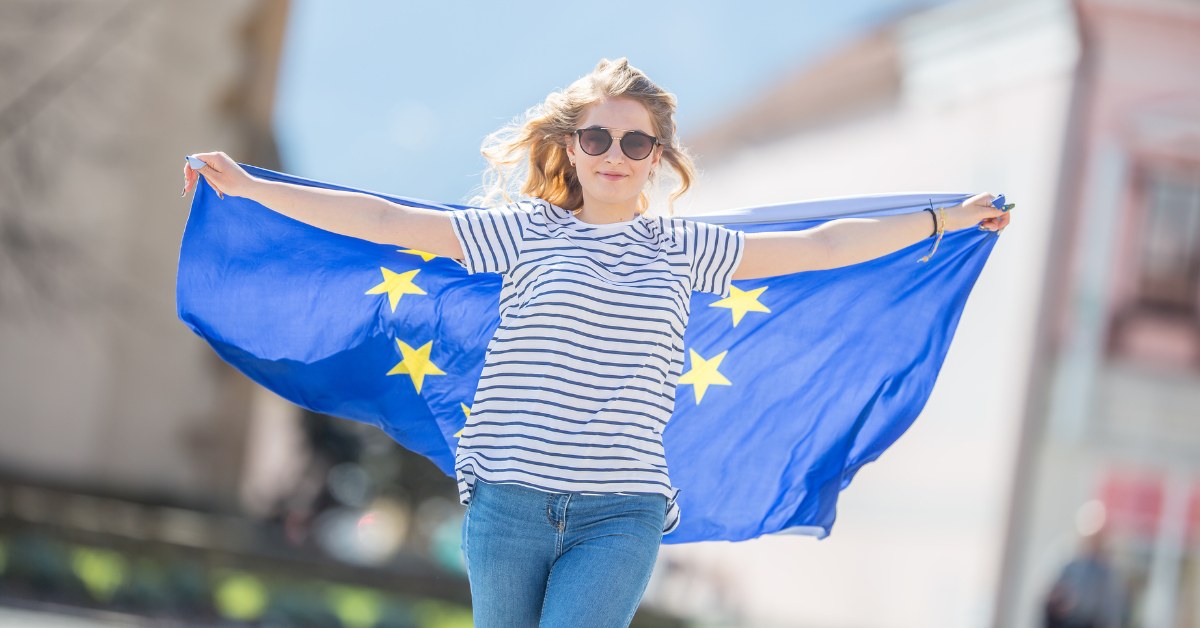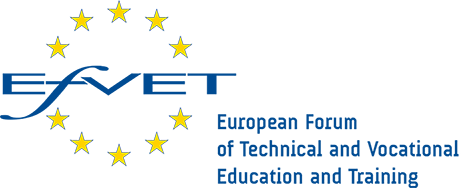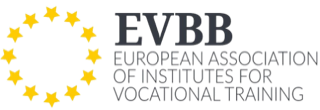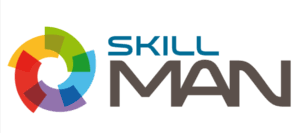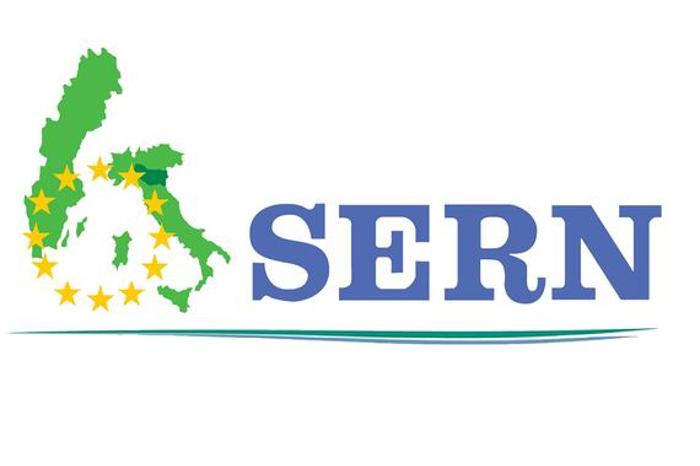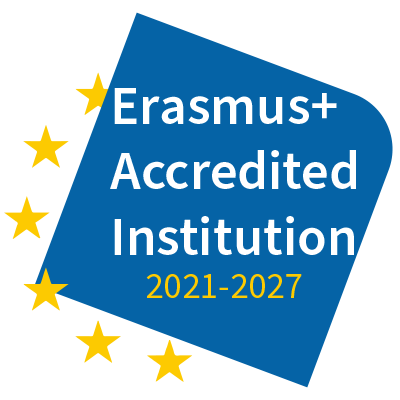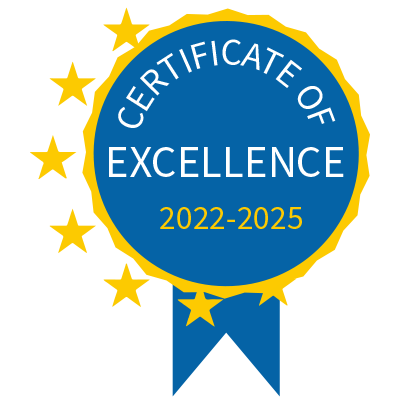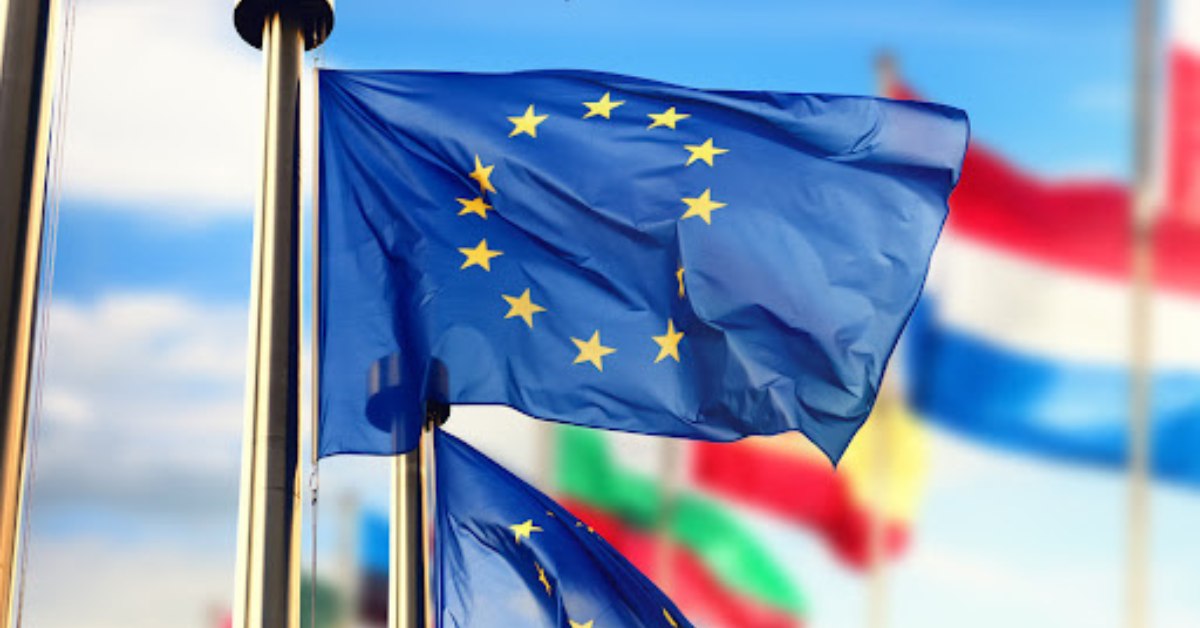
The Erasmus+ programme also includes initiatives aimed at supporting and enhancing educational and youth policies.
Among these, the KA3 projects are particularly significant as they promote cooperation and innovation between institutions, public authorities, and youth organisations.
But what exactly are they?
What is Erasmus KA3?
Key Action 3 (KA3) of Erasmus supports political cooperation among EU Member States, contributing to the implementation of existing policies and the development of new policies aimed at modernising reforms in education, training, youth, and sport.
The actions supported by this Key Action aim to:
Prepare and support the implementation of the EU’s policy agenda on education, training, youth, and sport;
Conduct policy experimentation with field trials at the European level;
Collect data on education, training, youth, and sport systems to facilitate the development of targeted policies;
Support the recognition of skills, qualifications, and credit transfer, as well as the promotion of digital credentials;
Facilitate dialogue with stakeholders both within and outside the EU through conferences, events, and other activities;
Improve the qualitative implementation of the programme;
Provide opportunities for people, at any stage of life, to undertake learning experiences abroad in their field of expertise;
Enable the bodies implementing the Erasmus+ programme to act as facilitators for the expansion of the projects themselves;
Support events, campaigns, and other activities to inform citizens and organisations about the Erasmus+ programme and EU policies in education, training, youth, and sport;
Identify and disseminate best practices and success stories from supported projects to give them greater visibility.
Types of KA3 projects
The action supported in this framework is the European Youth Together, managed by the European Education and Culture Executive Agency (EACEA).
European Youth Together brings together various projects with one aim: to create networks that promote regional partnerships, implemented in close cooperation with young people across Europe.
These networks organise exchanges, promote training initiatives, and enable young people to create joint projects with both physical and online activities.
In particular:
The exchanges must be cross-border;
The training opportunities can be formal or informal and can be supported by online forums.
This Action targets NGOs, meaning non-profit organisations, as well as public bodies that propose projects capable of mobilising young people in partnerships that contribute to the development and implementation of the EU Youth Strategy.
Projects should typically last 24 months, but extensions are possible if duly justified. The activities must take place in an EU Member State or a third country associated with the programme.
How to find partners for a KA3 project?
If an organisation wants to promote a KA3 project but hasn’t yet found partners, a useful tool for finding them is OTLAS: a partner search database that gives organisations complete independence.
On the platform, it is also possible to register your organisation and express interest in finding potential collaborators or in creating a project.
Who can participate in a KA3 project?
An organisation wishing to participate in a KA3 project must meet certain requirements:
Be a legal entity;
Be established in an EU Member State or a third country associated with the programme;
Be an NGO active in the field of youth;
Be a public authority at the local, regional, or national level..
Eligible beneficiaries can therefore include an NGO, a national youth council, a public authority at the local, regional, or national level, a research or educational institution, or a foundation.
The proposal must be submitted by a consortium of at least five applicants from at least five EU Member States and/or third countries associated with the programme.
How to write a good KA3 project proposal
Writing a KA3 project proposal essentially consists of four stages:
Project identification and initiation
Understand what problem, need, or opportunity your project idea can address. From there, identify the key activities and set the project’s objectives.
Preparation, design, and planning
Define a programme for carrying out tasks, estimate the necessary resources, determine the project’s practical modalities, confirm the target groups for the planned activities, and formalise agreements with partners.
Implementation and activity monitoring
Implement the project, monitor ongoing activities, and evaluate interim results against the plans. If necessary, adopt corrective actions to address deviations and solve problems.
Review and impact assessment
Evaluate the final results of the project against the set objectives and implementation plans, assessing the activities and their impact.
For more information on how to write a successful KA3 project, please visit the following resource.

